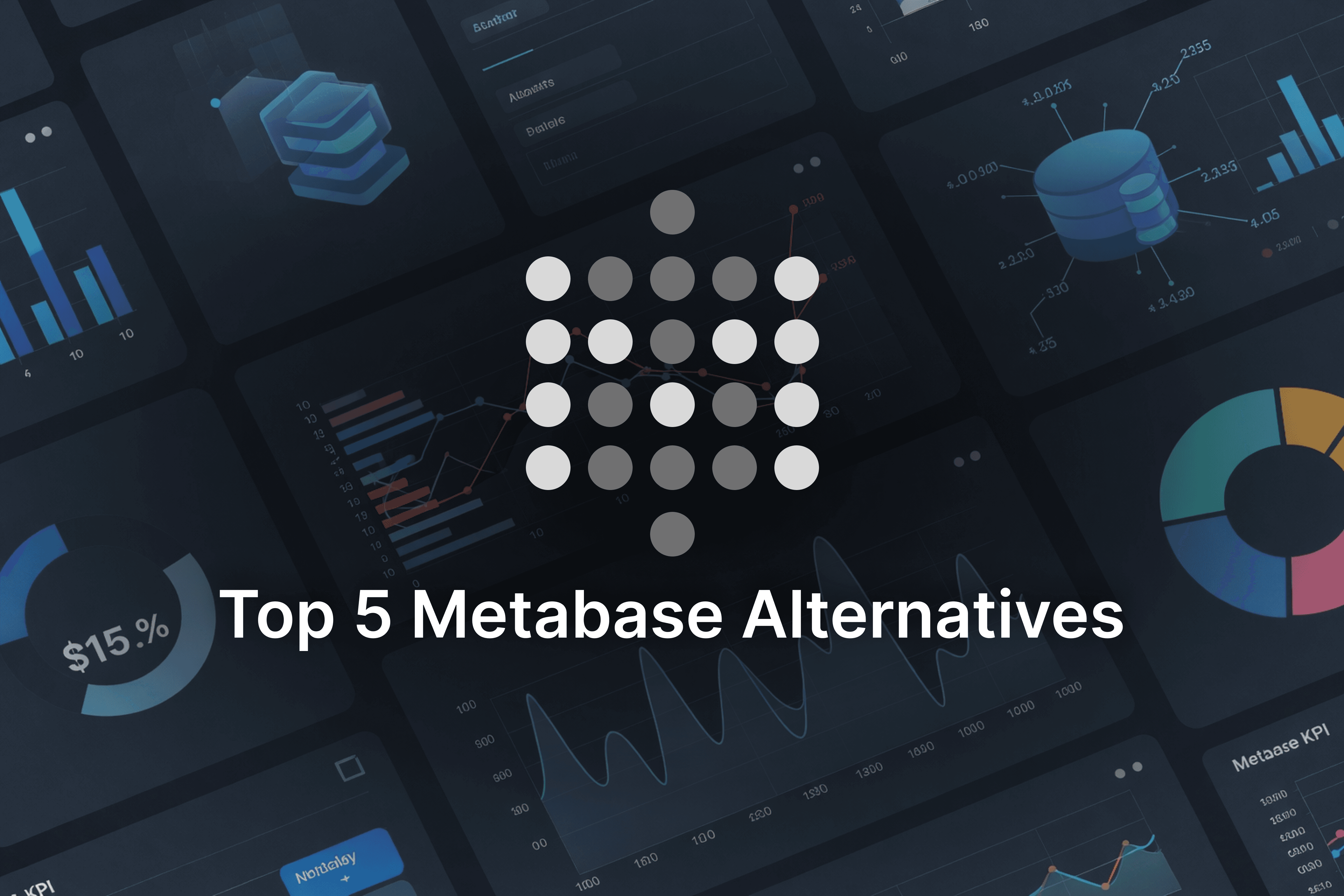For small and medium sized enterprises (SMEs), business analytics is no longer a luxury, it’s a necessity.

Every day, companies generate huge amounts of information: sales figures, website visits, payment transactions, customer feedback, marketing performance. But here’s the problem: most small businesses don’t have a dedicated data team, and manual reporting can eat up hours each week , hours that could be spent serving customers or growing the business.
That’s where AI powered business analytics tools are changing the game. Modern, no‑code platforms can pull data from multiple sources, clean and combine it automatically, and create clear, real‑time dashboards , without the need for SQL, coding, or complicated setup. Tools like supaboard.ai make it possible to view all your business insights in one place, so you can spend less time wrestling with spreadsheets and more time acting on what matters.
Why Business Analytics is a Game Changer for SMEs
Switching from guesswork to data driven decision making can be a turning point for small businesses. Analytics helps identify trends, highlight risks, and uncover opportunities that might otherwise go unnoticed.
Example:
A neighborhood bakery used to rely on gut feeling to decide what to bake each week. After adopting an AI dashboard, they analyzed three years of sales data alongside seasonal trends and local event calendars. The result? They could predict summer demand for certain flavors, stock up on the right ingredients, run targeted promotions , and cut waste in slow months.
Common Data Challenges Small Businesses Face
Scattered Data Across Platforms
Sales in your e‑commerce tool, invoices in your accounting app, social media metrics in another dashboard , your data is everywhere. Without a unified view, spotting trends feels like searching for needles in multiple haystacks.
Manual Reporting That Eats Up Time
Many SMEs spend 5–10 hours a week pulling CSVs, merging spreadsheets, and formatting reports. It’s repetitive, error prone, and distracts from running the business.
Non‑Technical Teams Struggling for Insights
Not everyone is an Excel pro or SQL expert. When teams can’t answer simple data questions themselves, they depend on “someone technical,” creating delays and bottlenecks.
How AI Powered Business Solutions Save Time & Simplify Data

Automating Report Generation
Instead of manually building reports, AI tools connect to platforms like Shopify, Google Ads, Stripe, and your CRM. They automatically pull in the latest data, clean it, and present it in visual dashboards.
Example:
A local retailer was spending over 10 hours a week on Excel reports. After switching to supaboard.ai, reports were generated automatically, freeing up time for inventory planning and marketing.
Real Time Dashboards for Non‑Technical Teams
With no code AI dashboards, your data is not only updated automatically , it’s presented in a way anyone can understand. Teams can filter, drill down, and explore KPIs without any technical training.
Example:
A SaaS startup consolidated marketing, sales, and customer support data into one dashboard. Within weeks, they spotted a drop in engagement from a key customer segment and acted early, preventing churn and boosting monthly recurring revenue by 40% in six months.
AI vs. Traditional BI Tools
Traditional business intelligence (BI) platforms like Tableau or Power BI are powerful but often require more setup, maintenance, and technical know‑how.
AI powered dashboards, on the other hand, are:
Faster to deploy
Easier for non‑technical teams
More affordable for SMEs
While traditional BI still has a place for complex enterprise needs, AI dashboards are becoming the go to choice for smaller businesses seeking quick, actionable insights.
Best Analytics Tools for Small Businesses in 2025
Supaboard.ai – No code, affordable, integrates with multiple platforms, automates dashboards and reports.
Google Looker Studio – Free, flexible, but needs some technical setup.
Zoho Analytics – Works well if you’re already in the Zoho ecosystem.
Metabase Cloud – Open source style with hosted convenience.
Microsoft Power BI with Copilot – Strong AI features, best for teams in the Microsoft ecosystem.
Step by Step Guide to Getting Started with AI Business Analytics
Define Your Goals
Decide what you want from your data , e.g., identify best selling products, measure marketing ROI, or track customer churn.
Centralize Your Data
Use AI tools to connect sales, marketing, finance, and operations data into one platform.
Choose the Right Tool
Look for a solution that matches your needs, budget, and technical skills.
Train Your Team , No Coding Required
Many tools let you type questions, like:
“What was my top selling product last month?”
The AI will return a visual answer instantly.
Automate & Monitor
Schedule weekly reports and alerts so you see changes as they happen , not weeks later.
Mini Case Studies
Case Study 1 – Retail Efficiency
A local fashion boutique connected its POS, Instagram insights, and inventory management system into one AI dashboard. They spotted that social media engagement spiked just before certain product launches , and used that insight to time promotions for maximum impact.
Case Study 2 – SaaS Growth
A software startup tracked all their KPIs in one AI tool. Predictive analytics highlighted customers likely to cancel, allowing the team to intervene early. Result: recurring revenue doubled in under a year.
FAQs
Q: How do startups manage “data chaos” when scaling?
A: AI tools integrate with your existing platforms, clean the data automatically, and give you one real‑time view.
Q: When should I consider AI powered analytics?
A: If you spend too much time on manual reports, miss trends because insights arrive late, or can’t easily answer key business questions.
Q: Will AI replace traditional BI platforms?
A: Not entirely, BI tools are still essential for complex analysis. But for fast, self service insights, AI dashboards are often the better fit for SMEs.
Conclusion
For SMEs, AI analytics isn’t just about saving time , it’s about seeing your business clearly and acting quickly. By centralizing data, automating reporting, and making insights accessible to everyone, AI turns analytics from a headache into a growth engine.
If you’re ready to stop drowning in spreadsheets and start making data driven decisions, affordable no code AI analytics tools like supaboard.ai can help you move from data chaos to clarity , no coding, no complexity, just actionable insights.









